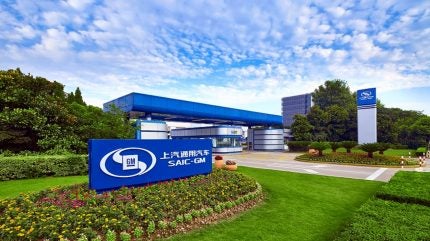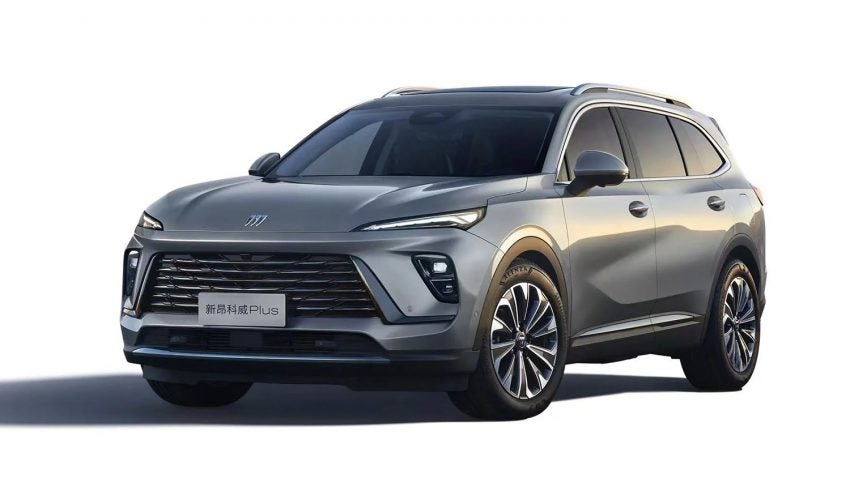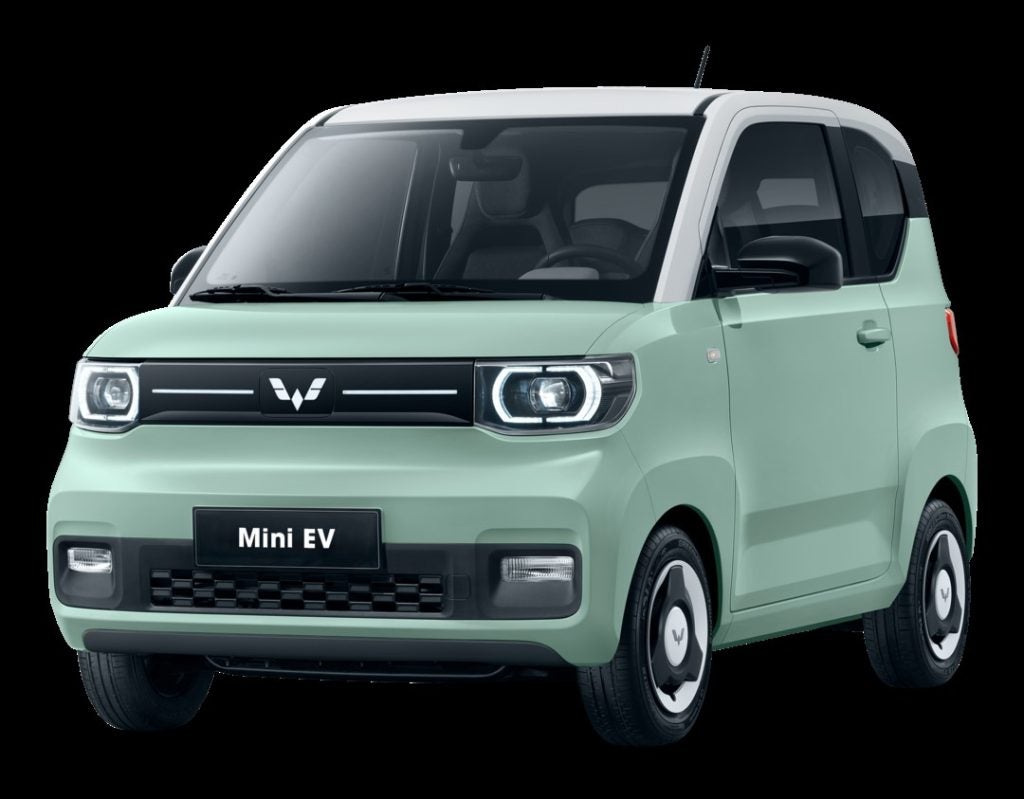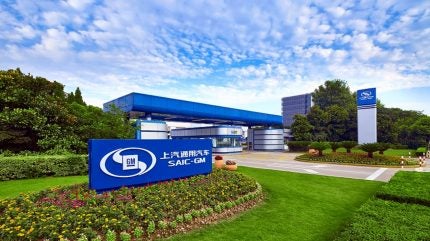
General Motors‘ presence in China continued to shrink at an alarming rate this year, with the US automaker struggling to keep up with the domestic market’s rapid transition to new energy vehicles (NEVs) and fast-rising competition from local automakers. The company’s brands and products are clearly out of favor in the world’s largest market, and the escalating trade war between China and the US is not helping.
GM invested heavily in establishing a strong presence in China immediately after the country joined the World Trade Organization in 2002. The automaker claims to have sold around 2.1 million vehicles across all its joint ventures in the country in 2023, down from 4 million units in 2017. The decline has further accelerated this year.
Shanghai GM Corporation (Shanghai GM), the company’s 50%-owned joint venture with state-owned SAIC Motor Corporation, reported a staggering 62% drop in wholesale deliveries to 278,845 vehicles in the first nine months of 2024, down from 724,259 units in the same period last year. Separate data shows that the company’s retail sales performed even worse, plunging by 72% to 241,720 units year-to-date.
At its peak in 2017, Shanghai GM delivered over two million vehicles to local customers, more than twice as many as last year, primarily comprising upmarket models sold locally under the Chevrolet, Buick and Cadillac brands. The company’s best-selling model so far this year is the newly revamped Buick Envision Plus mild hybrid, with 64,000 sales, which the company has already begun to discount heavily. Other key models include the Buick Velite, with almost 37,000 sales year-to-date, and the Chevrolet CT5 with 29,000 sales.

GM China also holds a 44% stake in another local joint venture called SAIC-GM-Wuling, in which SAIC Motor holds a majority 50.1% stake and Guangxi Auto 5.9%. This venture, which focuses on the budget end of the market, has performed much stronger in recent years. Its global sales fell by just 5% to 840,000 units year-to-date, following a 12% decline to 1.4 million units in all of 2023. GM reported that the joint venture sold 1.2 million units last year. Its best-selling model is the Wuling Mini EV.
Competition in China’s passenger vehicle sector has increased significantly in recent years. Domestic sales of internal combustion engine (ICE) vehicles have been declining since 2018, despite widespread heavy discounting, while automakers have shifted significant resources into developing new NEV models, including battery electric vehicles (BEVs) and plug-in hybrid electric vehicles (PHEVs).
Access the most comprehensive Company Profiles on the market, powered by GlobalData. Save hours of research. Gain competitive edge.

Your download email will arrive shortly
We are confident about the unique quality of our Company Profiles. However, we want you to make the most beneficial decision for your business, so we offer a free sample that you can download by submitting the below form
By GlobalData

Overall NEV sales in recent months have surpassed 50% of total vehicle sales in the country, with demand driven by government incentives and a rapid rise in the number of domestic brands and models. Improving battery technologies, combined with an growing number of budget brands and heavy discounting, have also contributed to this growth.
Overall vehicle sales in China are estimated to have fallen by 5% to 17.3 million units in the first nine months of 2024, based on CAAM wholesale data. Domestic ICE vehicle sales are estimated to have dropped by over 18% to just under 10 million units, while domestic NEV sales rose by 36% to 7.4 million units.
GM reports losses from Chinese operations
General Motors reported surprisingly strong financial results for the third quarter of 2024, with global revenues rising by 10% to close to US$49 billion and profits of US$3 billion. This performance was much better than expected and reflects a strong showing in the US market, driven by robust demand and rising average selling prices—helped by falling interest rates.
China was a different story, with the company reporting a net loss of US$137 million in the third quarter from its Chinese operations compared with a US$192 million profit a year earlier. Commenting on the Q3 results, GM’s Chief Financial Officer Paul Jacobson said that the loss is “a symptom of tough market conditions there, where domestic brands are producing well-built products at low costs.”
In August, it was widely reported that GM had been cutting jobs in its Chinese operations, including in marketing and local research and development (R&D). GM directly employs around 800 people at its wholly-owned campus in Shanghai, including at the GM China Advanced Technical Center, GM China Advanced Design Center and GM China Advanced Materials Lab.
In September the company announced it planned to hold “several key meetings” in the fourth quarter of 2024 with its local partner, SAIC Motor Corporation, to discuss making deeper structural cuts to their jointly-owned operations – as it becomes increasingly unlikely that they will return to 2017 peak levels. Options under consideration include transferring ownership of some of the Shanghai GM assembly plants to SAIC Motor and also plant closures.
GM has already exited a large number of world markets in the last ten years, including India, Southeast Asia, Europe, and Africa. For now, GM’s talks with SAIC Motor are likely to focus on exiting some of the joint venture’s worst-performing operations to realign with demand.


